#dark tea
Text
Chinese medicine says tea, are you drinking it right?

Today, I shared an article from the overseas edition of People's Daily, which featured a personal experience of drinking tea by Dr. Zhang Dong, the Chief Physician of the Cardiology Department at Xiyuan Hospital, China Academy of Chinese Medical Sciences. After reading Dr. Zhang's experience, it may challenge some of our perceptions about tea drinking. In popular belief, it has always been considered improper to drink tea on an empty stomach as it can cause discomfort, especially when drinking green tea. However, it seems that the reality is not entirely as we thought.
Taking this opportunity, I would like to share my personal experience with tea drinking. I have been a tea enthusiast for over 30 years and I have some digestive issues, including gastric ulcers and excessive stomach acid. Nevertheless, I can be called a 'tea addict.' I don't smoke or drink alcohol, but I am addicted to tea. I am the kind of person who would rather give up meat than give up tea. I remember starting to enjoy tea when I was in my teens, and my favorite is green tea. I love green tea because it is mainly produced in my hometown, which is located in the core area of China's green tea production known as the 'Golden Triangle.' The ecological environment there is exceptionally good, free from industrial pollution. Therefore, the quality of green tea is very high. Almost every household cultivates tea, which is why I have a special fondness for green tea and its refreshing aroma and taste.
I have a daily ritual of 'three brews' when it comes to drinking tea. By 'three brews,' I don't simply mean changing the water three times. The concept of 'three brews' refers to the following routine: after breakfast, I must brew a cup (or a pot) of tea. I drink the tea before starting work or while working. The second brew is in the afternoon. If I take a nap, I discard the tea leaves from the morning brew and brew a fresh cup with new tea leaves. The third brew is in the evening. I have a habit of taking a walk after dinner, usually in the park for about an hour. When I return home, I brew another cup of tea and savor it slowly. This has been my tea-drinking habit for over 30 years.
I prefer strong-tasting tea, so the tea I drink is usually concentrated. It has been like this all along. If it's too weak, I feel it lacks flavor. Also, the water temperature for brewing tea must be above 90 degrees Celsius because if the water temperature is too low, the fragrance and flavor of the tea won't be fully released. Therefore, I don't like brewing tea with low-temperature water.
In the blink of an eye, it has been over 30 years of drinking tea. I can't claim that tea is a miraculous cure-all, but I rarely get sick, not to mention serious illnesses. Even common colds are rare for me. It has been like this for decades. I haven't even used my health insurance card once. I found that my immune system is robust. Even during the COVID-19 pandemic in 2020, I didn't get infected, not even once. Isn't that surprising? I wonder if my strong immune system has anything to do with my regular tea drinking. Of course, apart from drinking tea, maintaining good lifestyle habits is also crucial.
Drinking tea does have benefits for the body, especially green tea. However, it's important to remember not to treat tea as a miraculous cure-all. We should approach it with the mindset expressed in the ancient Chinese book 'Huangdi Neijing': 'Treat before illness manifests, and regulate before disorder occurs.' Because drinking tea not only promotes health but also nurtures the mind.

The following is a forwarded article:
When I was young, I only knew of two types of tea: 'big bowl tea' and 'Biluochun' (a type of green tea). It was later, when I studied traditional Chinese medicine, that I discovered tea is also a medicinal herb. For example, Chuanxiong Tea is mentioned in the book 'Compendium of Materia Medica': 'Tea leaves have a bitter and sweet taste. They enter the Hand and Foot Shaoyin, Taiyin, and Jueyin meridians. Its function is to clear the heart and lungs, cleanse the intestines and stomach. When combined with chrysanthemum, it treats headaches; when combined with ginger, it relieves water retention and can be consumed after drinking alcohol, entering the Bladder and Kidney meridians.' However, tea is inherently cool in nature, and I have a weak and cold spleen and stomach constitution. I remember one time when I drank Pu'er tea, I had to rush to the restroom halfway through. After that, I rarely drank tea. But one chance encounter changed my perspective.
Not long ago, I was strolling around the Wudaoying Hutong near the Yonghe Temple in Beijing when I came across a small shop. The owner of the shop was a good friend of mine who invited me to try Biluochun tea. It is a type of green tea. It was dinner time, and I hesitated to drink green tea on an empty stomach. So I politely declined. But my friend said, 'Give it a try, I guarantee it won't be cooling to your body.' She explained that this tea came from an 80-year-old tea tree growing on a sunny slope in the mountains near Dongting Lake. It was the first harvest of Mingqian tea, hand-picked and processed using firewood, making it different from other green teas. Unable to resist her persuasion, I sat down and tasted this Biluochun tea. After a few cups, to my surprise, my stomach and intestines felt slightly warm and comfortable, with no signs of diarrhea. I let out a few belches and felt quite at ease, and surprisingly, I felt a sense of fullness. I stayed until 8:00 PM, drinking tea on an empty stomach without any discomfort. I even felt a slight sense of fullness and didn't feel hungry. The warm tea entered my stomach, and I started to sweat slightly, feeling incredibly comfortable. Later, my friend gave me some Biluochun tea to take home, and every time I drank it, I had the same experience. It seemed far from being a mere coincidence.
This chance encounter changed my perception of tea, especially green tea, and reminded me of an elder who once said that his father, in his nineties, had been drinking tea his whole life and lived a long and healthy life. Now I realize it's not just due to constitution. Recently, I have been pondering on this and suddenly had a realization.
Although the nature of tea is generally considered cool, whether it ultimately exhibits a cold or warm property depends largely on two factors. Firstly, the growing environment plays a role, whether it is in a predominantly yin, cold, and damp location or a warm and sunny one. Just like grapes in the north differ from those in Xinjiang, Chinese medicinal herbs such as Achyranthes bidentata, known as niuxi, have different properties in Sichuan, where it promotes blood circulation, compared to Huai niuxi in Henan, which tonifies the liver and kidneys. Another example is ginseng, with ginseng from the northeast having a warm nature, while Western ginseng tends to be cooler. These differences are primarily attributed to variations in the places of origin, which encompass factors such as temperature, sunlight, soil, and cultivation methods.
Secondly, the processing method of tea plays an equally important role. Most teas undergo a process called "kill-green," which involves using heat for fixation. Traditional Chinese medicine recognizes that the heating process can alter the cooling or warming properties of medicinal herbs. For instance, raw licorice has a cool and clearing nature, while roasted licorice has a spleen-tonifying and qi-supplementing effect. Raw Rehmannia has a cool nature that cools the blood and promotes blood circulation, while steamed Rehmannia has a slightly warm nature and tonifies the kidneys. Most herbs that undergo heating processes tend to acquire some warm properties, although the specific methods of heating, including the use of firewood or an oven, can also make a difference.
Tea processing involves various steps, many of which involve heat treatment, such as roasting or steaming. These processing techniques determine the coolness or warmth of the tea. I used to believe that fermented teas like black tea or Pu'er tea were not cooling because I didn't understand the fermentation process. Fermentation in tea production often involves spreading the tea leaves and allowing them to ferment at around 25 degrees Celsius, which is different from the heating process. Therefore, in conclusion, the coolness or warmth of tea depends on the environment and processing techniques.
From this perspective, individuals with a cold constitution can still drink green tea, while some fermented teas, such as Pu'er tea, may not be suitable. It is important to find the tea that suits oneself and understand the principle of moderation in order to find the path to health preservation. (Dr. Zhang Dong, Chief Physician of the Cardiovascular Department at Xiyuan Hospital, China Academy of Chinese Medical Sciences)
Article Source: People's Daily Overseas Edition via People's Daily Online
#tea#green tea#chinese tea#qiandao silver needle tea#spring tea#organic tea#tea polyphenols#white tea#black tea#caffeine#Bowl tea#Fermented tea#Black tea#iced tea#matcha#cardamom#hot chocolate#herbal tea#Dark tea#Biluochun tea#Traditional Chinese medicine#Tea leaves#Bitter and sweet#a warm embrace#zhongli my beloved#xiao my beloved#diluc my beloved#genshin impact zhongli#Clear the heart and lungs#Cleanse the intestines and stomach
4 notes
·
View notes
Text
Come to China, enjoy six amazing teas.

World Tea Day is celebrated annually on May 21st to promote and raise awareness about the importance of tea and its cultural, historical and health significance around the world.
According to archaeological and historical records, China is considered the birthplace of tea. The earliest documented use of tea dates back to the Zhou Dynasty (c.11th century-771 BC), while tea as a beverage became popular during the Han Dynasty (206 BC-AD 220).
With trade along the Silk Road, tea spread from China to various parts of the world, profoundly influencing global tea culture. China boasts the most diverse range of teas globally, including green tea, black tea, oolong tea, white tea, yellow tea and dark tea, each with its unique production method and flavors.
Here are six well-known teas with amazing well-known teas produced in China.
#well-known teas#aromas and tastes#green tea#dark tea#black tea#oolong tea#white tea#yellow tea#production method#tea flavors#silk road#tea culture#herbal tea
0 notes
Text
youtube
"Irish Hello" by Dark Tea
0 notes
Text
Sipping Your Way To Better Health: Dark Tea Vs. Black Tea – Exploring The Diabetes Connection
Tea is more than just a beverage; it's a way of life for millions around the world. While most of us are familiar with popular tea varieties like green and black tea, there's a lesser-known sibling in the tea family: dark tea. This dark horse of the tea world offers a unique set of health benefits, one of which is its potential connection to managing diabetes. In this blog, we'll delve into the world of dark tea and black tea, exploring their respective properties and how they may be linked to better diabetes management.
#Dark tea#Black tea#Diabetes#Type 2 Diabetes#Blood Sugar Control#Health Benefits of Dark Tea#Health Benefits of Black Tea#Antioxidants in Tea#Heart Health#medicine home delivery#online consultation doctor#blood test at home#online dr consultation#full body checkup#online blood test#buy medicine online#online medicine order
0 notes
Text

soothsayer at salt-pillar house
9K notes
·
View notes
Text






Source: Pinterest
#dark acadamia aesthetic#dark academia#literature#dark aesthetic#dark academia books#dark academia moodboard#chaotic academia#light acadamia aesthetic#light academia#soft academia#classic academia#moodboard#pinterest#academic libraries#books & libraries#love#romantic academia#vintage#pocket watch#books#tea and books#gothic#classic aesthetic
4K notes
·
View notes
Text
The intimacy of knowing how to make someone's perfect cup of coffee or tea.
5K notes
·
View notes
Text
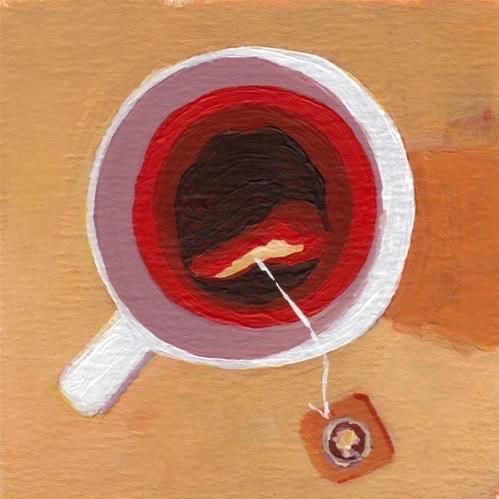
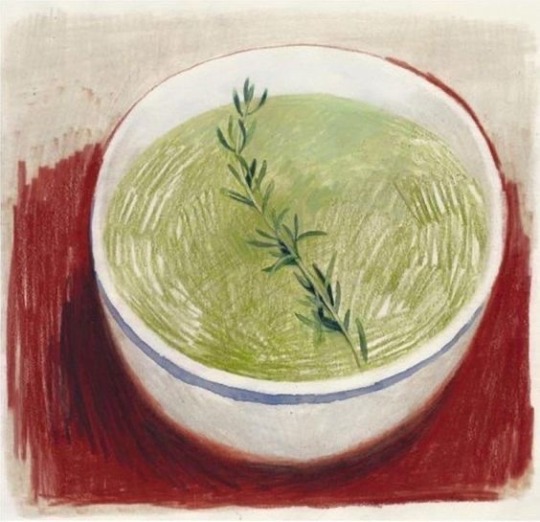



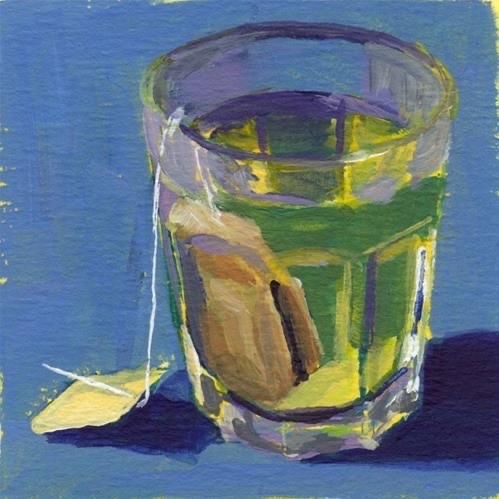
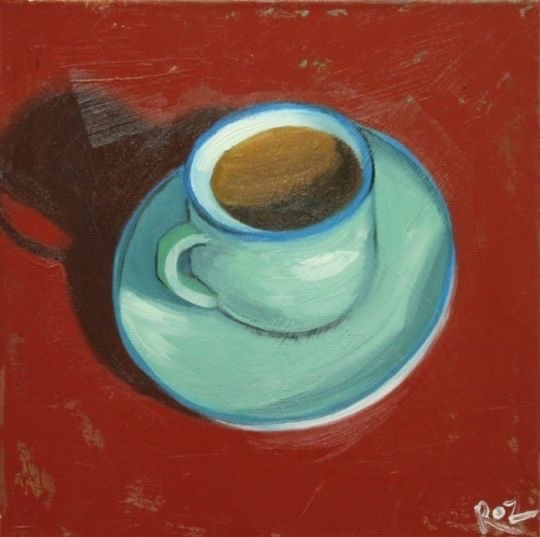
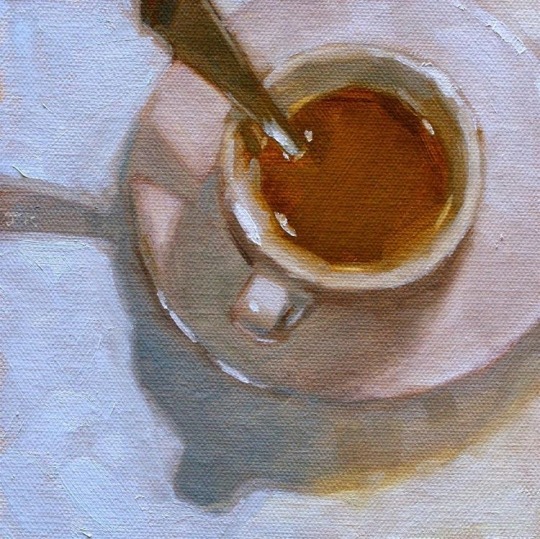

sun
tea, coffee
#art academia#art#art aesthetic#pinterest moodboard#pinterest art#light academia moodboard#light academia aesthetic#light academia#soft moodboard#soft aesthetic#soft academia#dark academia moodboard#dark academia aesthetic#classic academia aesthetic#old academia#tea aesthetic#coffee aesthetic#girblogging#girlblogger#divine feminine#elfcore#hobbitcore#softcore#waifcore#femcore#cozyblr#cozycore#coquette aesthetic#downtown girl#downtown aesthetic
26K notes
·
View notes
Text







#chaotic academia#dark academia#light academia#studyblr#books#literature academia#study aesthetic#study motivation#studying#classic academia#photography#bookblr#dark academia aesthetic#light academia aesthetic#life#literature#love#coffee#food#downtown#cozy#friends#academia#uni student#tea party#home design#vintage#moodboard#source: pinterest#mood
2K notes
·
View notes
Text

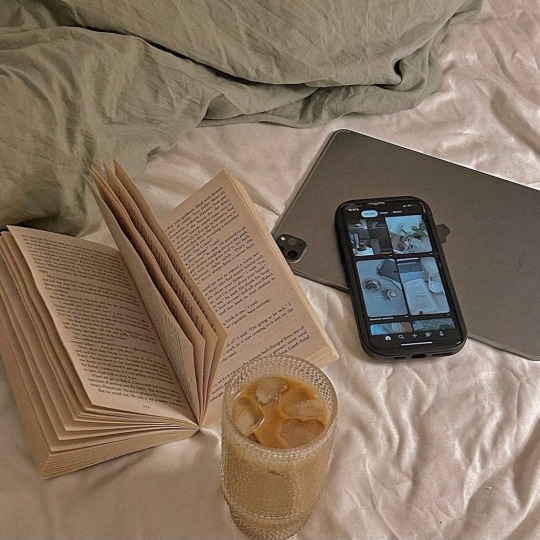

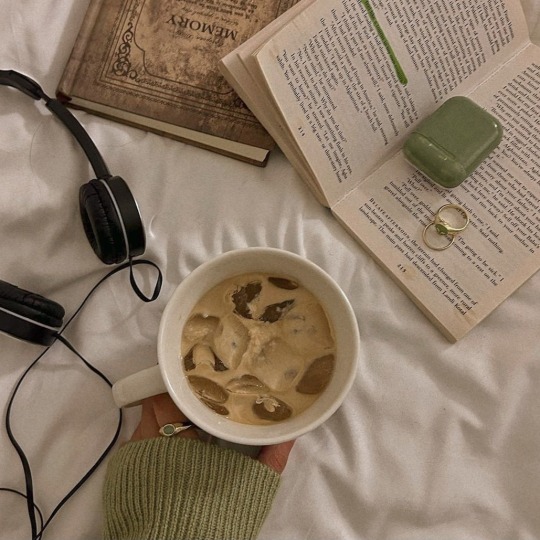
I live in my own little world.
ig credit: goingsollo7.
#home decorating#home decor#home#home design#home art#home aesthetic#alternative#aesthetic#dark academia#dark academic aesthetic#dark aesthetic#aestheitcs#dark#art#light acadamia aesthetic#light academia#green#house art#house aesthetic#house design#house decor#house#book#coffee#tea#room#music#cosy#warm#room aesthetic
2K notes
·
View notes
Text
ISO 20715:2023 "Classification of Tea" Promulgated, Recognizing China's Tea Classification Systems as an International Consensus

Good news has come from Anhui Agricultural University, where Professor Wan Xiaochun, director of the State Key Laboratory of Tea Plant Biology and Utilization, has led the development of the international standard ISO 20715:2023 "Classification of Tea". The promulgation of this standard marks the official recognition of China's six major tea classification systems as an international consensus, and is a milestone achievement for China in the internationalization of tea standards.
According to reports, this international standard classifies tea into six categories based on its processing techniques and quality characteristics: black tea (traditional black tea, broken black tea, Keemun black tea, and Lapsang Souchong black tea), green tea (pan-fried green tea, baked green tea, sun-dried green tea, steamed green tea, broken green tea, and powdered green tea), yellow tea (bud type and bud-leaf type), white tea (bud type and bud-leaf type), oolong tea (semi-fermented tea), and dark tea (Pu-erh ripe tea and other dark teas). The standard also defines the technical terms of key tea processing procedures, such as shaping, withering, and fermentation, which are unique to China.
#Anhui Agricultural University#Professor Wan Xiaochun#State Key Laboratory of Tea Plant Biology and Utilization#international standard#ISO 20715:2023#Classification of Tea#China#six major tea classification systems#international consensus#milestone achievement#processing techniques#quality characteristics#black tea#green tea#yellow tea#white tea#oolong tea#dark tea#technical terms#shaping#withering#fermentation
1 note
·
View note
Text
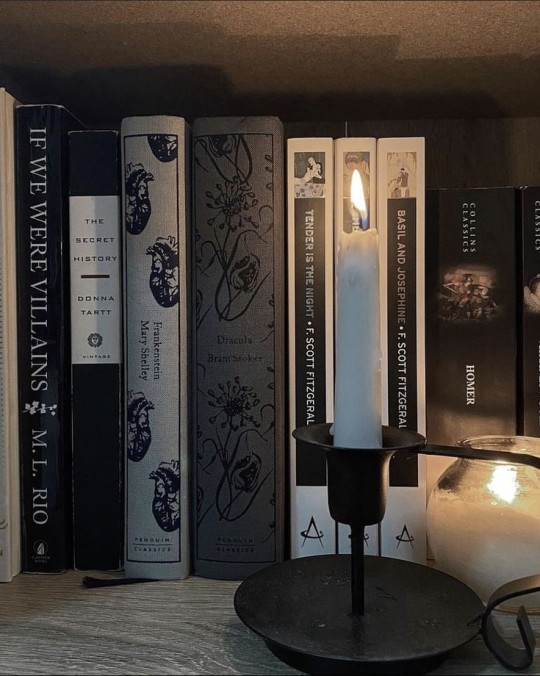








come with me ,let's lie on the old wooden floors,read the secret history accompanied with taking sips of black tea at intervals.
#quotes#random#aesthetic#shitpost#literature#academia#dark academia#academia aesthetic#mood board#dark moodboard#random moodboard#moodboard#midnight is the time.#the secret history#black tea#black aesthetic#dark academic aesthetic#aesthetic moodboard#fatal flaws#idk idk
3K notes
·
View notes
Text

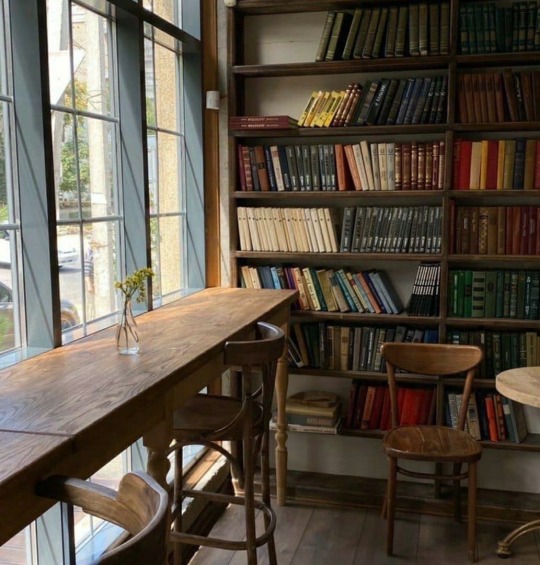


𝑾𝒉𝒂𝒕 𝒂𝒓𝒆 𝒚𝒐𝒖 𝒓𝒆𝒂𝒅𝒊𝒏𝒈 𝒍𝒂𝒕𝒆𝒍𝒚?
#academia#chaotic academia#classic academia#dark academia#literature#aesthetic#english literature#uni#college#tea#teacup#teapot#green academia#academic weapon#dark acamedia#dark acadamia aesthetic#light academia#academia aesthetic#academics#chaotic academic aesthetic#romantic academia#read#books & libraries#home library#book#books#readers#reading#currently reading#bedroom aesthetic
1K notes
·
View notes
Text
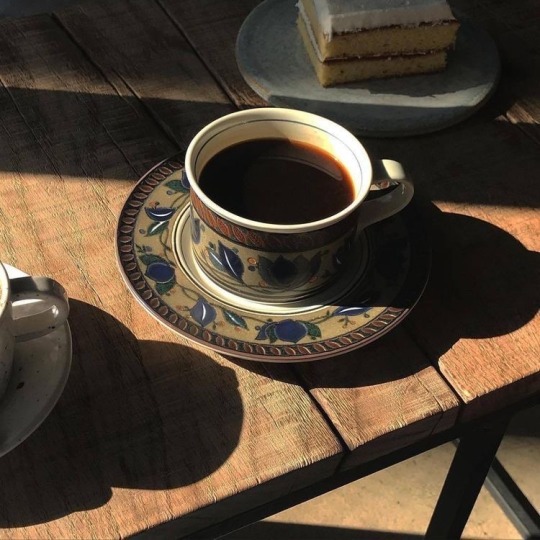
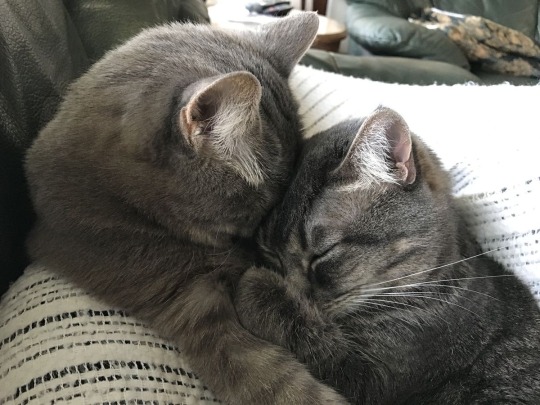

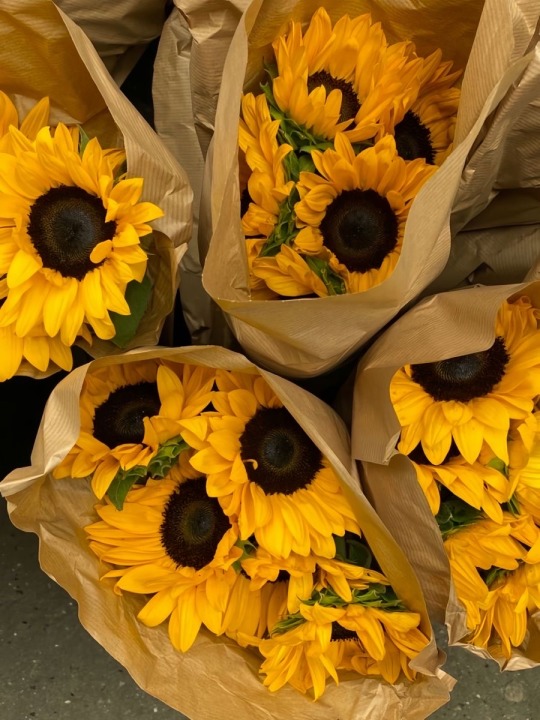
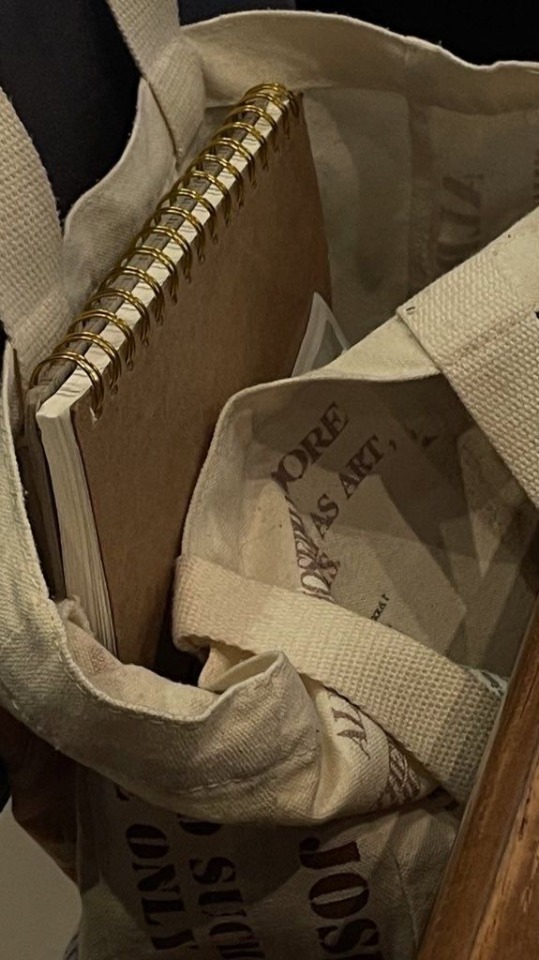

The feelings were inexorably pervasive; they slyly slipped through the crevices of my thoughts as a persistent conundrum.
#moodboard#aesthetic#dark academia#dark academia moodboard#cats#sunflower#tea#nature#light academia#flowers
788 notes
·
View notes
Text

ascent of kettle-smoke dragon
6K notes
·
View notes
Text


2024-04-01
Found the cutest little tea house today. I worked on a term paper and studied some French while sipping just the nicest tea.
Exiting the house after 3 days of the Easter long weekend has proved to be an excellent idea. 10/10 will do again.
#if anyone happens to be in the mtl Verdun area#it’s called maison du thé cha noire#very chill vibes#super large selection of tea#around 5 dollars for a big pot of tea and there’s also some food#studyblr#studyspo#dark academia#study aesthetic#aesthetic#student#my posts#chaotic academia#study
771 notes
·
View notes